General situation of EMBU (Embu) producing area in Kenya Moria AA, an altitude treatment plant for Enbu coffee.
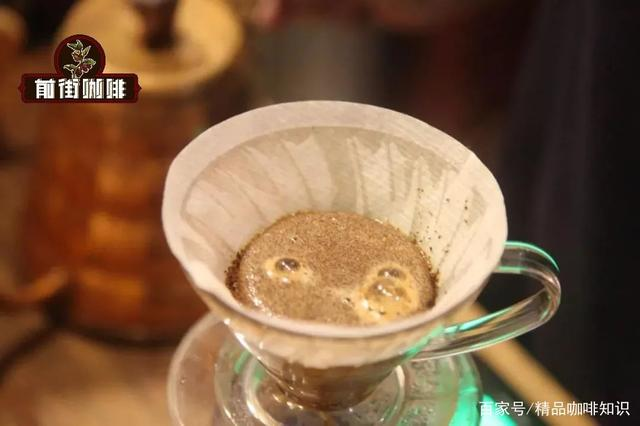
Professional coffee knowledge exchange more coffee bean information please follow the coffee workshop (Wechat official account cafe_style)
Kenya is a coffee producing area in Africa and a famous coffee producing area in the world. Coffee is mainly famous for its bright acidity like berries and red wine. Kenya borders Ethiopia, and Kenya's coffee cultivation is supposed to have a long history, but it backfired and Qianjie didn't expect it. Although the history of growing coffee is not long, the quality is quite good.
Kenya EMBU (Embu)
EMBU: the name of this area near Mount Kenya comes from the city of Embu, where about 70% of the population is engaged in small-scale farming, and the most popular cash crops in the area are tea and coffee. Almost all coffee comes from small farmers, and the yield in this area is relatively small.
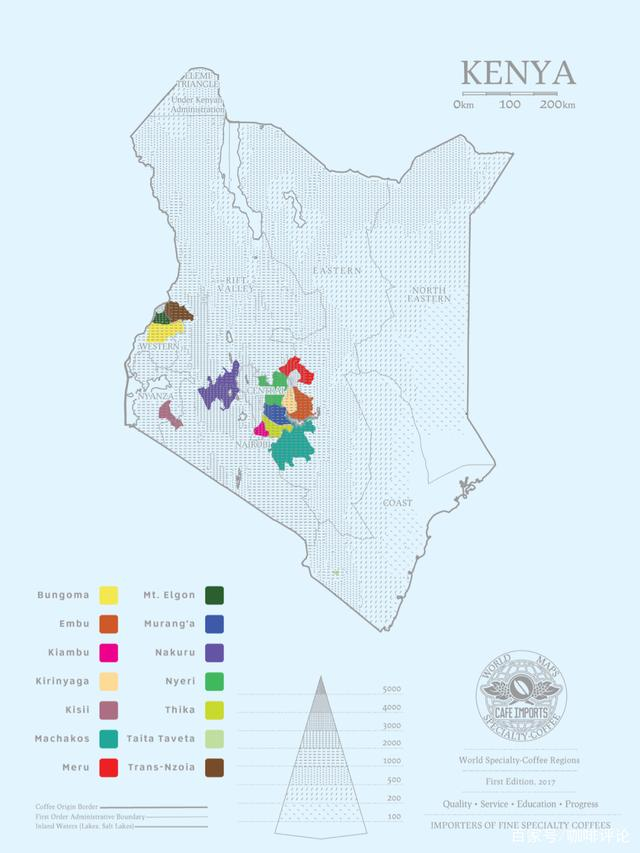
Coffee producing area
The Moria treatment Plant (Cooperative), which belongs to the Gondoli FCS Cooperative, is located in the coffee producing area of Embu County County, Kenya, about 1690-1750 meters above sea level. The cooperative has about 1080 members.
The main coffee fruit of the Moria cooperative comes from the four villages of Kirigi, Kiini, Mukangu and Kathangari. The processing farm stipulates that its members must grow coffee all the year round and cannot arbitrarily plant other crops. Almost all members of the cooperative's policies are acceptable and have a high degree of centripetal force.
Each farmer in the cooperative grows an average of about 350 coffee trees, covering an area of about 1 hectare, as well as other cash crops, including passion fruit, bananas, cabbage, carrots and tea.
The Moria plant employs three managers and 30 temporary workers during the peak season to cope with the busy harvest and handling period.
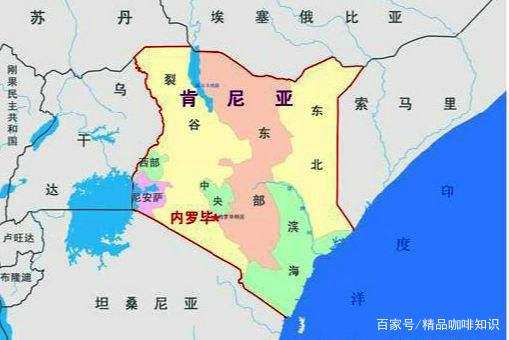
Treatment mode
There are nine waste water pits in Moria treatment plant, which are used to collect and treat the wastewater produced in the process of washing and fermentation, far away from the river and prevent the waste water from causing pollution to the river.
After the ripe fruit is picked, it is sent to the receiving area of the treatment plant, the ripe cherries are first soaked and separated from impurities, and then the peel and pulp are removed after processing, which is the famous Kenyan wet processing method in this area. the waste water produced in the whole process will be placed in the soaking pit first, and then recycled and reused.
The Moria plant has several stages of monitoring and processing, such as separating the peel and initially removing the pectin layer, using a peeling machine with three sets of plates to remove the outer skin of the coffee fruit and the pulp outside the hard shell.
After the pulp is removed, the coffee is fermented all night to decompose the sugar and pectin layer, and then, depending on whether the stripping is complete, proceed with the washing procedure, then soak, then wash and distribute the coffee evenly on the high drying table, the whole process is about 48-72 hours.
The drying time on the drying table depends on the climate, ambient temperature and processing capacity, and it takes a total of about 15 days.
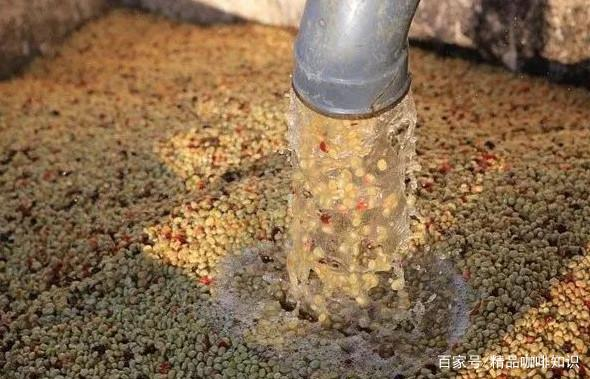
Coffee variety
The coffee varieties of washed AA in Kenya Moria treatment plant are SL28 and SL34, and the classic flavor of Kenyan coffee is inseparable from these two coffee varieties.
SL, representing Scott Labs,Scott Laboratories, Scott Lab. In the 1930s, Scott Lab was commissioned by the Kenyan government to conduct research on the classification of coffee breeding, trying to find varieties that can adapt to Kenyan soil, can be used for large-scale cultivation and have commercial value.
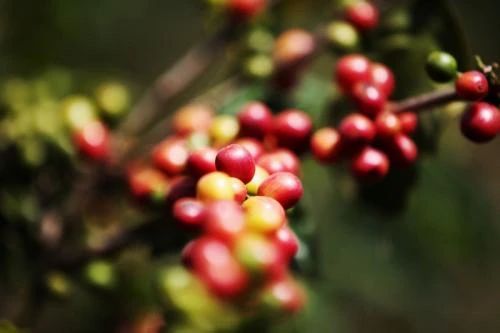
The organization was active in the 1930s and 1960s and has now changed its name to the Kenya National Agricultural Laboratory, or NARL for short.
SL-28,SL-34 is one of many research results. SL34 and SL28 are similar in flavor, complex and changeable acidity, and have a great sweet finish.
The taste of SL34 is heavier, richer and cleaner than that of SL28. SL34 has French missionaries, bourbon, and more Tibica pedigree, and coffee beans look similar to SL28, but are more adaptable to sudden heavy rain.
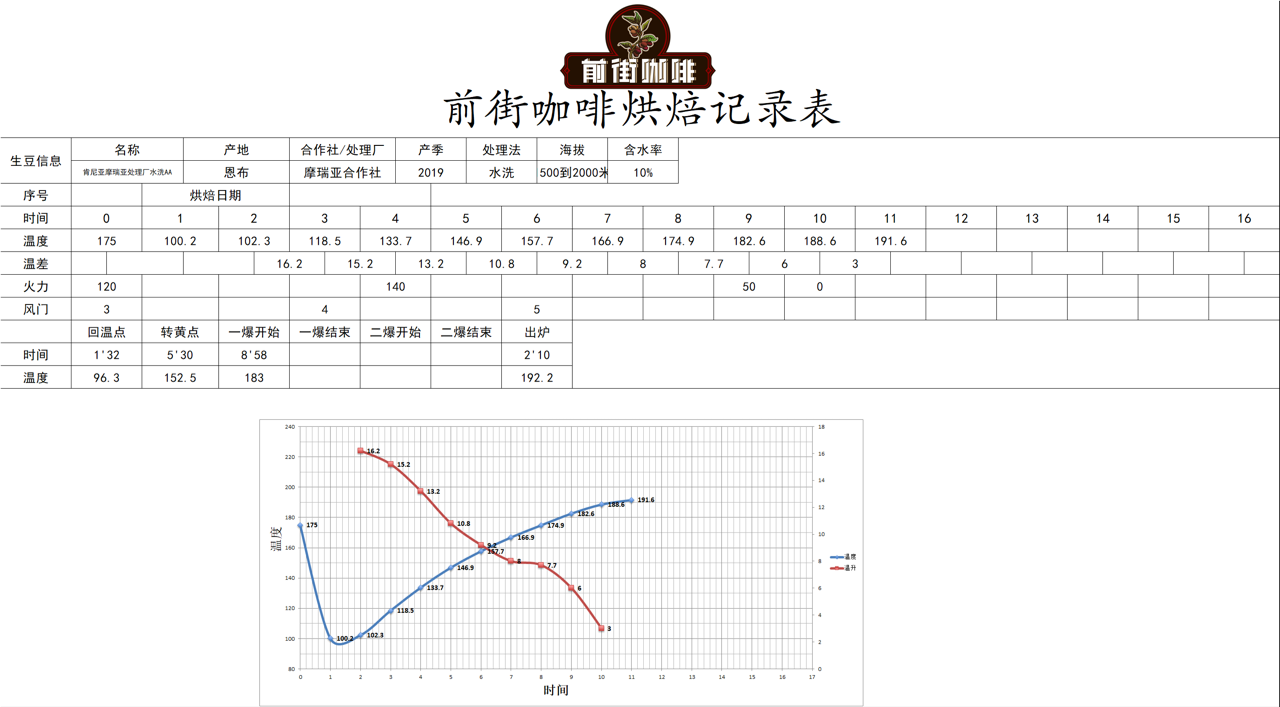
Baking curve
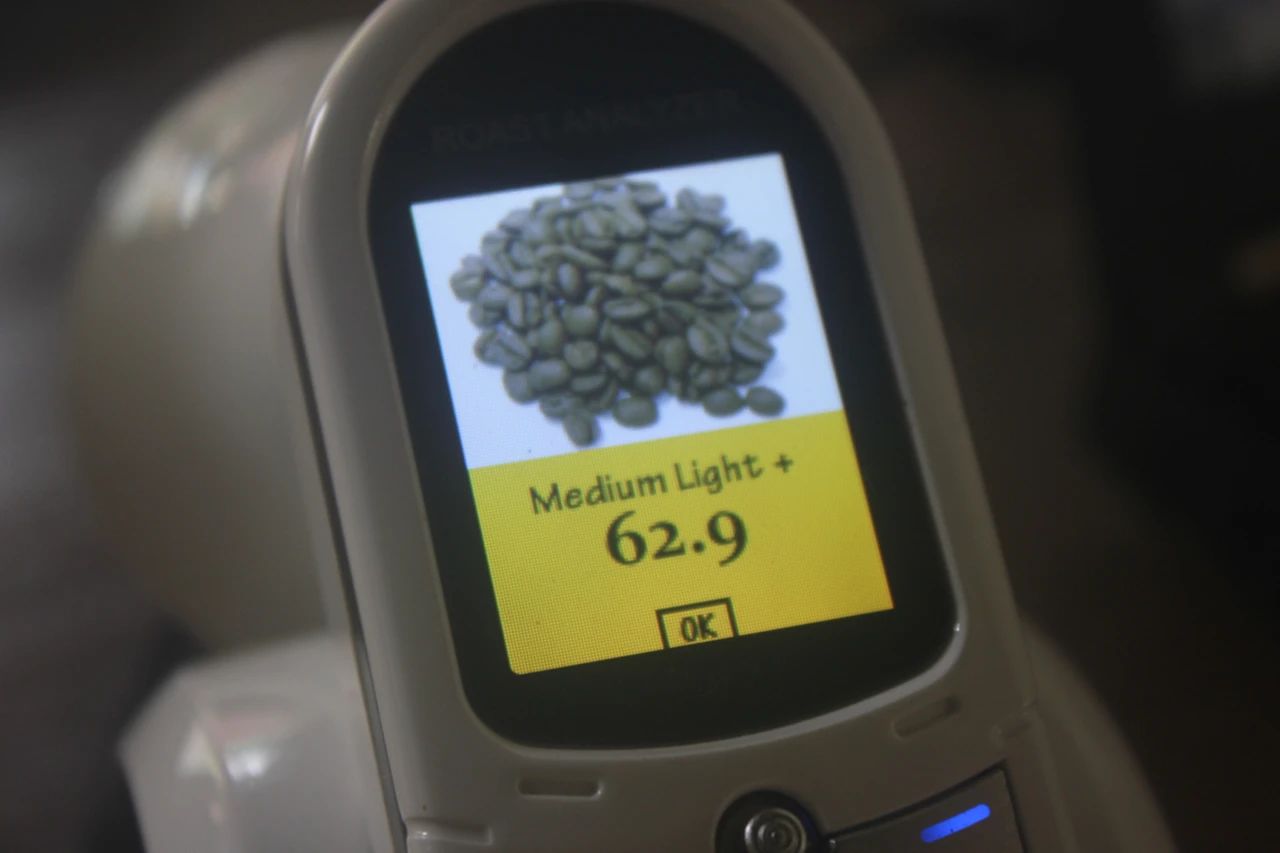
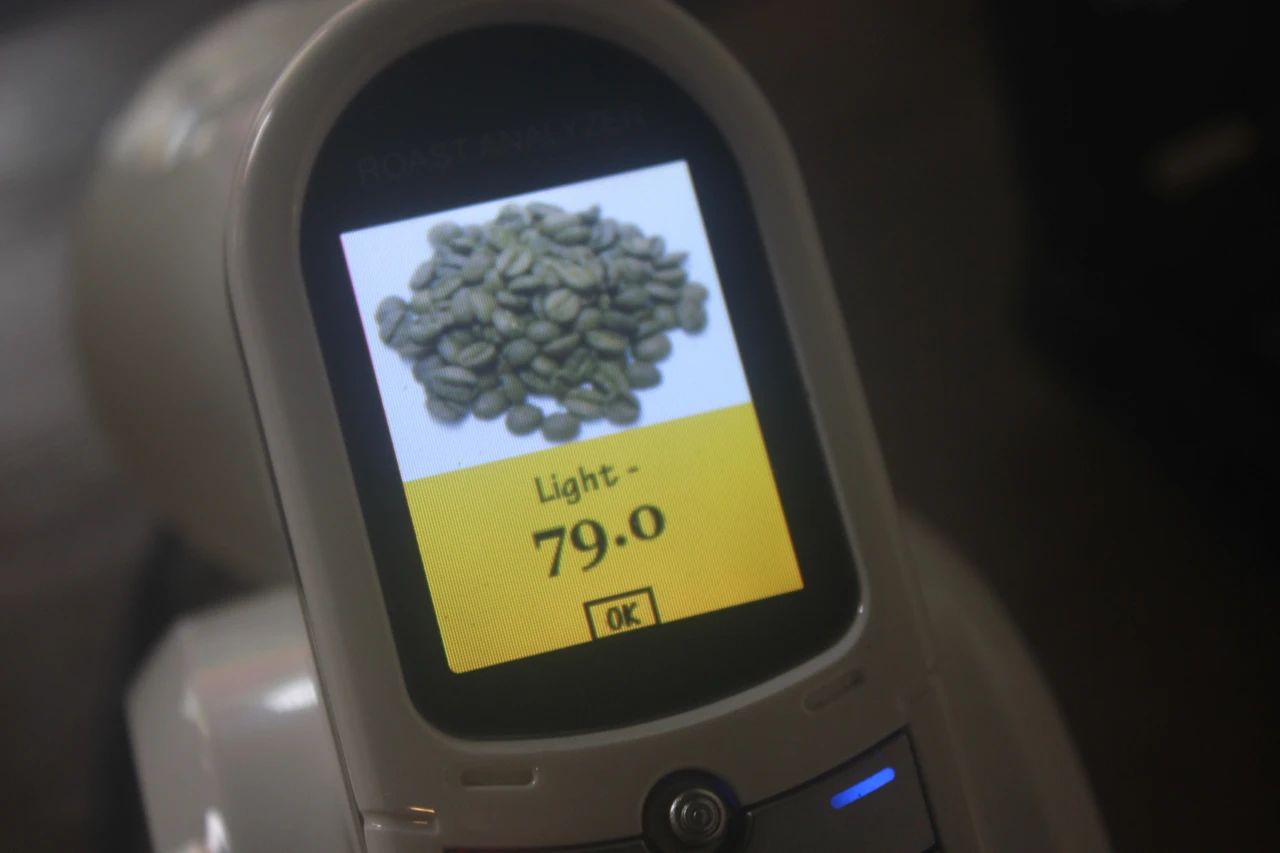
The surface color value of Agtron bean is 62.9 and the color value of bean core is 79.
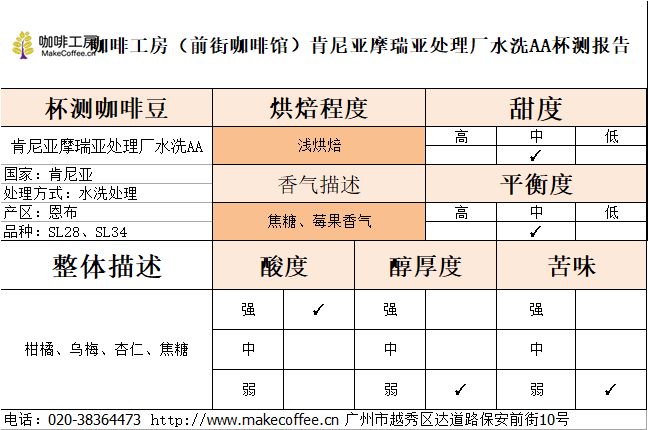
Test the flavor by cup
Washing AA from Moria treatment Plant in Kenya
Coffee producing area: Enbu producing area
Altitude: 1700 m
Coffee varieties: SL28 and SL34
Treatment method: washing treatment
Grade: AA
Harvest year: 2019
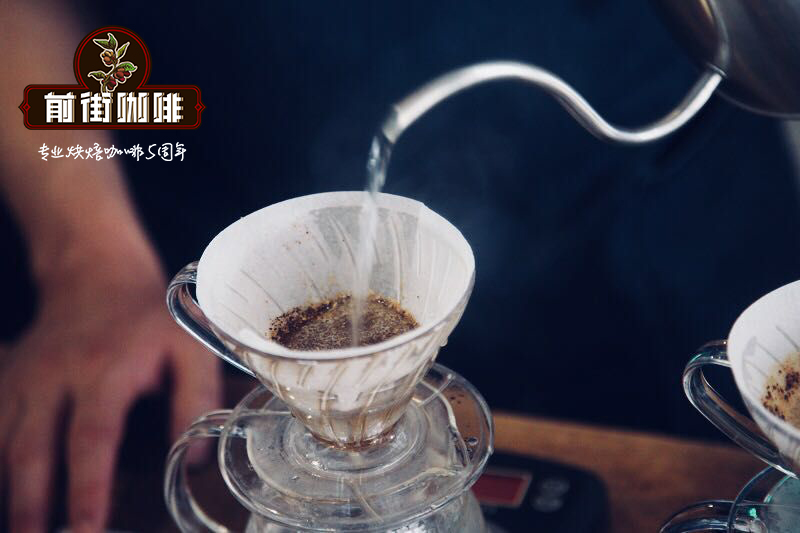
Cooking parameters
Coffee powder: 15 g ratio: 1:15 Water temperature: 90 degrees Celsius Grinding: 0.85mm sieve pass rate 80% filter cup: Hario v60 # 01 filter cup
Cooking process
The first stage injects 30 grams of water for 30 seconds, the second stage injects 95 grams of water (125 grams indicated by the electronic scale), about 1 minute completes the injection, and the third stage injects 100 grams of water (225 grams shown by the electronic scale), about 1 minute and 30 seconds.
Extraction time
For 2 minutes, remove the filter cup and finish cooking.
Flavor description
Citrus, plum, berries, honey, almonds, smooth, mellow thickness, Yuyunzhong and so on.
END
Important Notice :
前街咖啡 FrontStreet Coffee has moved to new addredd:
FrontStreet Coffee Address: 315,Donghua East Road,GuangZhou
Tel:020 38364473
- Prev
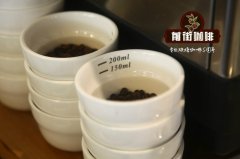
Kenya KIRINYAGA Kirinaga producing area beans are very sour? Is the flavor partial to fruit?
For more information on coffee beans, please follow the coffee workshop (Wechat official account cafe_style) Kenya KIRINYAGA (Kirinaga) KIRINYAGA: the east side of the Nyeri producing area, which also benefits from volcanic soil. Coffee is usually produced by small farmers, and wet treatment plants also produce a lot of very high quality coffee, which is well worth a try. Altitude: 1300: 1
- Next
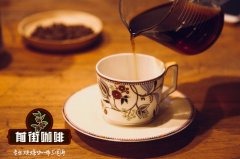
The effect of altitude on Coffee beans the effect of altitude on Flavor Ms. Knudsen's speech
Professional coffee knowledge exchange more coffee bean information please follow the coffee workshop (Wechat official account cafe_style) Ms. Erna Knutsen in 1974 put forward the word "Specialty Coffee" boutique coffee, is also the first person in the world to put forward the "boutique coffee concept", so the coffee industry also praised her as the mother of boutique coffee! At that time, it was Ms. Knudsen of the United States.
Related
- Detailed explanation of Jadeite planting Land in Panamanian Jadeite Manor introduction to the grading system of Jadeite competitive bidding, Red bid, Green bid and Rose Summer
- Story of Coffee planting in Brenka region of Costa Rica Stonehenge Manor anaerobic heavy honey treatment of flavor mouth
- What's on the barrel of Blue Mountain Coffee beans?
- Can American coffee also pull flowers? How to use hot American style to pull out a good-looking pattern?
- Can you make a cold extract with coffee beans? What is the right proportion for cold-extracted coffee formula?
- Indonesian PWN Gold Mandrine Coffee Origin Features Flavor How to Chong? Mandolin coffee is American.
- A brief introduction to the flavor characteristics of Brazilian yellow bourbon coffee beans
- What is the effect of different water quality on the flavor of cold-extracted coffee? What kind of water is best for brewing coffee?
- Why do you think of Rose Summer whenever you mention Panamanian coffee?
- Introduction to the characteristics of authentic blue mountain coffee bean producing areas? What is the CIB Coffee Authority in Jamaica?

